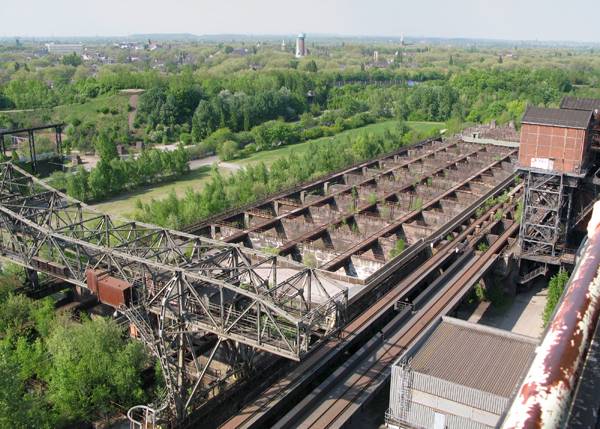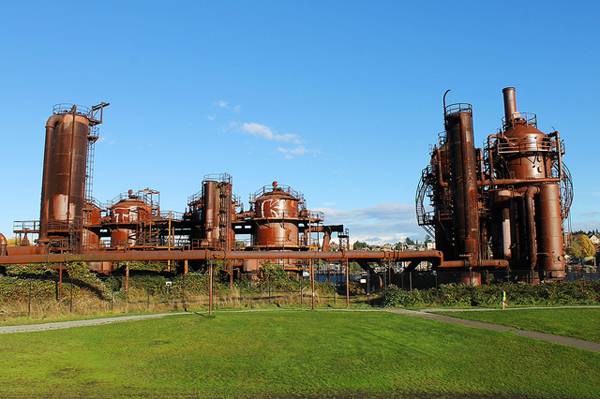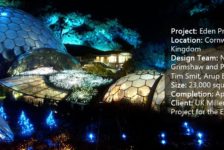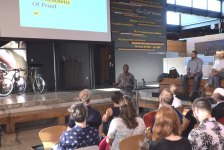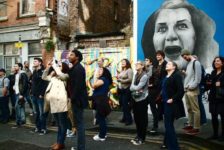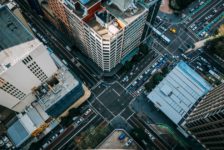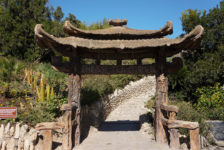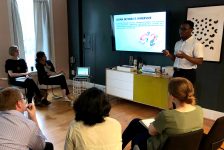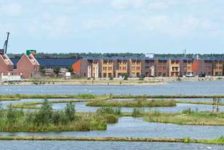Growing urban populations are placing pressure on local governments to provide solutions to the challenges that this migration creates. One of these main challenges is: ‘where do these additional people live, work and recreate?’ Many modern cities grew on the back of industry but in modern times these industries have become obsolete or unable to compete with global competition. As such, many industrial areas within our towns and cities are not the central, thriving areas they once were. To make better use of the prime, inner-city real estate that these areas occupy, brownfield sites are being identified for redevelopment into new inner city mixed use suburbs as one way to accommodate growing population demands. Examples of this approach can be seen in Neu Oerlikon, Zurich, Canary Wharf and Melbourne Docklands. Watch: M Docklands – Melbourne’s Waterfront Living Melbourne is 300ha of former docks in Port of Melbourne which became obsolete after containerisation. It was the subject of development proposals for years but lacked funding. Construction of a new sports stadium was the catalyst for investment into the area. Government and developers combined to improve infrastructure. Now it offers a range of retail, leisure and residential facilities, 3.7ha of public space including 3 parks as well as being the location for many businesses and major head offices. Development is continuing to increase the capacity of workers and residents and to provide schools and sports facilities. Challenging Times There can however be a number of challenges with undertaking this transformation. For one, brownfield is often contaminated land, in some cases limiting development options. This does provide opportunities for strategies including bioremediation – using plants to clean soils of pollutants. This can be timely and limited in its effectiveness, but it allows for a temporary or transitional use of the land which has environmental benefits, cleaning the land for future development. Alternatively, it may be decided that greening the brownfield is the end goal. Watch: It’s My Park: Freshkills – Staten Island Freshkills Park in New York for example is a large new park project being built on top of what was formerly the world’s largest landfill site. Some other well-known examples of parks constructed on brownfield include Duisburg Nord Park in Germany, Gas Works Park in Seattle, Tianjin’s Qiaoyuan Wetland Park and The Queen Elizabeth Olympic Park in London which is being further developed into a complete new community. These places have strong identities and are open to all user groups. They offer something unique and have transformed underused land into quality public spaces.
Related articles: Top 10 Reused Industrial Landscapes Community Turn Abandoned Industrial Site into Public Park Industrial Site Transforms into Beautiful Landscape Qiaoyuan Wetland Park in Tianjin transformed a shooting range and slum which was also a dumping ground into a fantastic community and environmental asset. Sculpting the previously flat land allowed water bodies to form and large groundcover and wetland plantings are helping to clean the water, improve the low quality soil and provide quality community space for the surrounding residents as part of a landscape regeneration strategy. The park also provides opportunities for environmental education and provides natural services to benefit the area. Watch: Introduction to Hong Kong Wetland Park (English) A Powerful Transformation This brownfield development is turning unloved, unattractive and unwelcoming parts of our cities into new, exciting and inviting community, residential, employment and recreation destinations that are reconnecting local populations with the environment. It relieves pressure on greenfield where an increasing number of landscape architects are helping large companies get planning permission to develop, presumably because developing on greenfield is generally cheaper than redeveloping brownfield. The question remains however, where does our light industry go? These businesses need good infrastructure and a pool of employees on hand to remain competitive. Do they move further out of the city centre to the suburbs? If so, will we be moving them on again in 20 years’ time when our cities grow further still? Perhaps, as economies develop, industry moves offshore and service industries integrate less obtrusively into the fabric of our built environment. Ultimately though, the development of brownfield sites at present is very necessary and provides an exciting and challenging opportunity for landscape architects to create new and high quality public spaces within existing, developed suburbs. Recommended Reading: Phytoremediation: Transformation and Control of Contaminants by Steven C. McCutcheon Phytoremediation: Role of Aquatic Plants in Environmental Clean-Up by Bhupinder Dhir Article written by Simon Vive Return to Homepage Featured image: Qiaoyuan Wetland Park by Turenscape Published in BlogLogin
Lost Password
Register
If this is your first time on the new site, please click "Forgot your password?". Follow the steps to reset your password. It may be the same as your old one.


